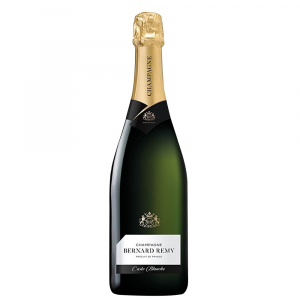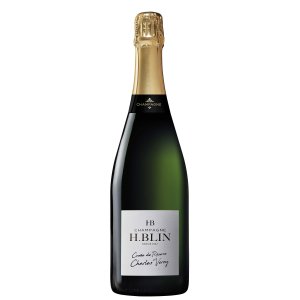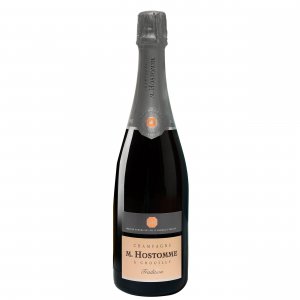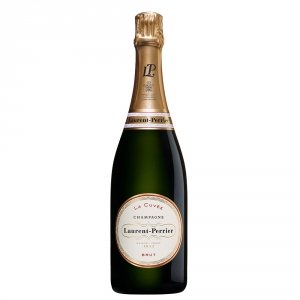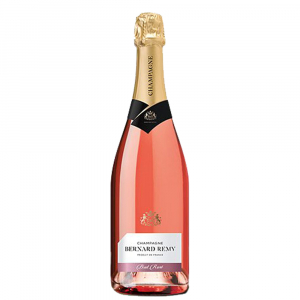Champagne
Among the great French wine regions, Champagne boasts an extraordinary territory in terms of climate and soils, which has become an icon of style and elegance in the world. In our online shop you will find great Champagnes from the most famous Houses that have made history in this region, such as Ruinart, Dom Pérignon, Louis Roederer, Veuve Clicquot Ponsardin, Moët & Chandon and many others.
The flavor range of Champagne and the main production areas
The influencing factors on the organoleptic characteristics of Champagnes are numerous and range from the cuvée of the grape varieties, the composition of the soils, through the exposure of the vines, to the philosophy of the producer. The Champagne region stretches over a strip of land located at the 49th parallel, 150 kilometers from Paris, where the average annual temperature fluctuates between 10°C and 9.5°, at the limit of the minimum threshold for ripening grapes. Part of this region's good fortune is linked to soils rich in limestone (craie) and fossils (square belemnite), which strongly affect the wines' aromas. The four Champagne production areas are Côte des Blancs, Vallée de la Marne, Montagne de Reims and Aube for a total area of 35 thousand hectares under vine.
What grape varieties are used to make Champagne?
Pinot Noir, Pinot Meunier and Chardonnay are the three Champagne grape varieties that give rise to the classic cuvée, although it is possible to find pure interpretations of each grape variety.
What to pair Champagne with?
The pairings with each Champagne are almost endless, from aperitifs to meats, depending on the type, grape varieties used and aging. Dining on Champagne, on the other hand, is one of life's great pleasures, a luxury that becomes a reality with the discounts, promotions and offers you can find every day on our wine e-commerce. With a hearty Italian appetizer or shrimp finger foods, we suggest uncorking an elegant Brut Blanc de Blancs, ideal as an opening Champagne. Moving on to first courses, such as a risotto with salami pasta, lasagna and cannelloni with four cheeses, a good compromise may be a Champagne Brut Rosé, while if the dishes are shellfish-based go straight for a Champagne Extra Brut Blanc de Blancs, savory to the point. Moving on to the main courses (and here the difference in pairing with sparkling wines can be felt) everything plays on the seasonings and structure of the preparations: with a very simply cooked trout you can pair an Extra Brut, while if you choose a more complex preparation, such as a savory cod mantecato with polenta, you have to go for more evolved Champagnes, such as an Extra Brut Grand Cru. Lovers of impossible pairings, on the other hand, should definitely try the classic cotechino e lenticchie with a powerful Brut Rosé millesimato.
What are you waiting for to uncork?
You viewed of 399 products
Show more


